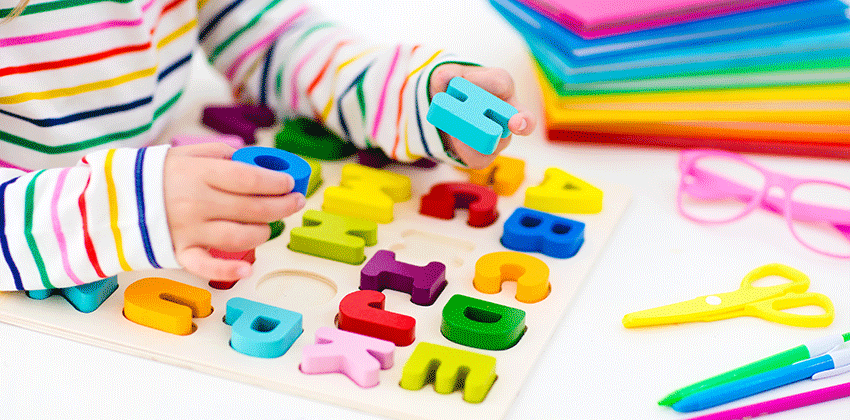Throughout life, we encounter changing environments that require us to learn and adapt. Human brain plasticity describes the capacity of our brain to change in response to these experiences.
The brain is most sensitive to experience during childhood, when it is changing most dramatically. The way individual children’s brains are shaped by experiences is often the target of educational interventions. We know that children can learn new sensory or motor skills with practice. Whether this holds true for general cognitive skills, such as the ability to pay attention, is more controversial.
Lead by Jacobs Foundation Research Fellows Kate McLaughlin, Allyson Mackey, and Silvia Bunge we have issued a paper on human brain plasticity, future research directions, and implications for children’s learning and development.
Adapting to environmental adversity
The paper provides some basic explanations about brain plasticity including examples of how the brain changes with experience, e.g., how it adapts to environmental adversity and how it is shaped by targeted cognitive training and educational experiences.
Next, the authors frame four future research directions. Priorities include understanding individual differences and age-related changes in brain plasticity as well as predicting children’s responses to interventions.
Childhood policies and programs benefit
Finally, the paper discusses implications for children’s development and learning. Pushing the boundaries of brain plasticity provides great hope for enhancing learning, but it is imperative to be cautious when translating laboratory findings to interventions.
While research on the biological mechanisms controlling brain plasticity continues, there is an arena that can benefit from what we already know: childhood policies and programs. For example, there is ample evidence that early childhood adversity experienced during sensitive periods of brain development, has lifelong consequences for health, learning, and behavior.
In sum, the paper states four central messages that have come from the research on human brain plasticity. For more details, download the paper here.
